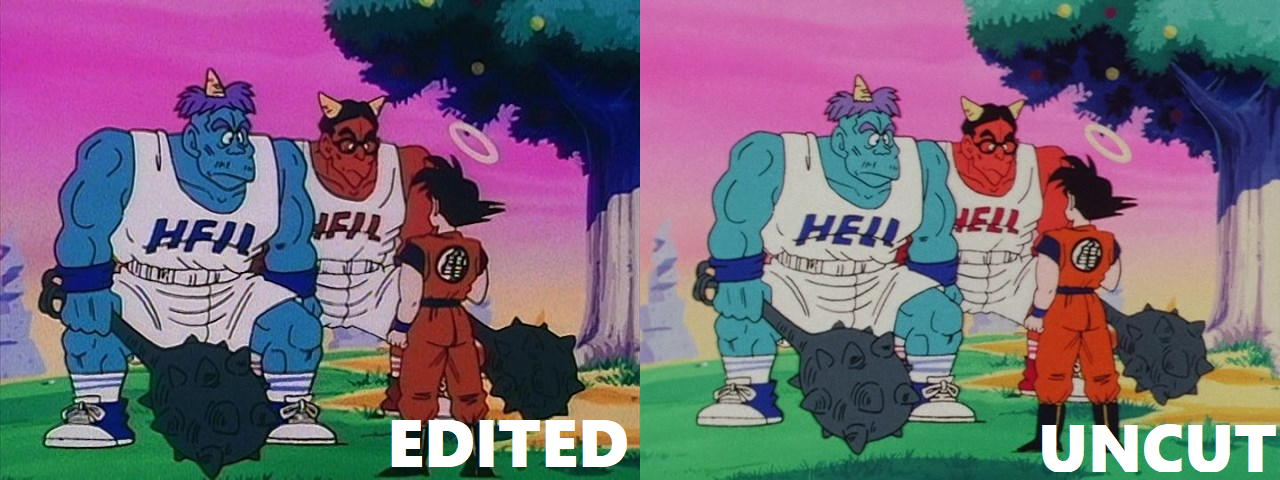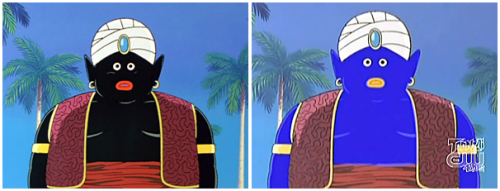What makes television unique, and in some cases more
enjoyable, than movies is that it is broadcasted on a global level and can be
viewed from the comfort of one’s home. If you want to go see a movie, you have
to go to the theater, pay an absurd amount of money, and then sit in a large
cool room while watching what I generally feel is too long of a movie (i. e. two
or so hours.) With TV, one has access to thousands of channels and programming
of different kinds. Do you like sports? Why not try ESPN? Do you like foreign cultures? Then the Travel Channel is right for you. Love music? The best place to go
is MTV, or at least it used to be.
The point being; there are so many different channels on TV that you could
spend hours upon hours watching shows. Just like different styles of clothes go
in and out of style as time passes, new trends in TV arise and replace the old
ones. However, with a new age come new sensibilities. What was okay to show in
the early 90’s may not be as socially acceptable in the mid 2000’s. Whether it is
due to parents trying to control what their kids see or our minds becoming more
sensitive to what used to be fine, censorship in TV has changed from what it
was back in the day, and not in a good way.
 |
| Burn marks probably hurt more than gaping holes. |Source| |
These days, TV show producers think twice on the amount of
violence shown in their shows. Blood is removed, gory scars are covered, and
brutal scenes are either done off camera or taken out altogether. While some
may feel that violence is not something that should be shown on TV and that
brutal scenes are better when done off camera, they also need to understand
that violence is very real and continues to happen, warranted or not. By trying
to censor the violence in a show, viewers will be taken out of their immersion
while they look at the pretty, unscathed face of a character that just got his
nose bit off by a shark. If said character loses his nose to a shark, there is
no reason to make it seem like he was born without a nose and didn’t tell
anyone.
In the image above, we see a scene from the popular anime DragonBall Z and the re-aired DragonBall Z Kai. In this scene, Raditz
and Goku have been shot with Piccolo’s Makankosappo
(called Special Beam Cannon in the
English dub.) In the original, Goku and Raditz’s stomachs are shown with an
open wound pouring out blood. When the show aired on North American TV, the
scene was naturally edited, as the Japanese seemingly have a different view on violence
in animation. However, in the refresh broadcast known as DragonBall Z Kai, the blood is removed and the whole is now a
simple burn mark and isn’t really a hole anymore. While it makes more sense for
a burst of energy being shot from a demonic alien to burn when coming into
contact with flesh, the fact of the matter is that the scene was altered in
order to look less violent.
 |
| Which would you rather be: a tortured soul or a loser? |Source| |
Religious content has also been the subject of censors.
While not as prominent as before, religion was a subject that broadcasters and
producers felt was best left alone, possibly in order to avoid controversy.
Again, let’s take a look at DragonBall Z.
After Goku is killed in the fight with Raditz, he travels to King Kai’s planet
in order to receive training. However, on the way there, he trips and falls
into hell. Yes, Goku went to hell for a little bit. Childhood ruined. If you
watched the show on Cartoon Network
back in the day, you will be confused, because the name of the place Goku falls
into is not called “hell”, but is instead called “H. F. I. L” or “Home for
Infinite Losers.” The writers of the English dub changed the name in order to
remove any religious themes in the show. This could also be interpreted as an
attempt at humor, as villains are generally losers. In recent times, and in the
English dub of DragonBall Z Kai, the
original name has been restored, at least on the uncut DVD.
 |
| Blue is not the new black. |Source| |
There are other examples of censors and “offensive” content,
especially in DragonBall Z, such as Vegeta giving Gohan the finger. It’s clear to me that people’s views
on offensive content have changed. Not only are there more censors, but because
of the interest in foreign shows, people are becoming more aware of censorship
in TV shows. People are becoming so aware of it, that even content creators have taken notice and joke about it. Personally, I think we
should be a little looser with our censoring, especially with foreign content.
If we continue to censor content, characterizations are lost and meanings
within names and dialogue are changed. As a writer, the meanings behind
characters and names and what they say are very important to me. If a creator
had a point to prove in a character or their actions, we shouldn’t censor them,
otherwise we miss the point.
No comments:
Post a Comment